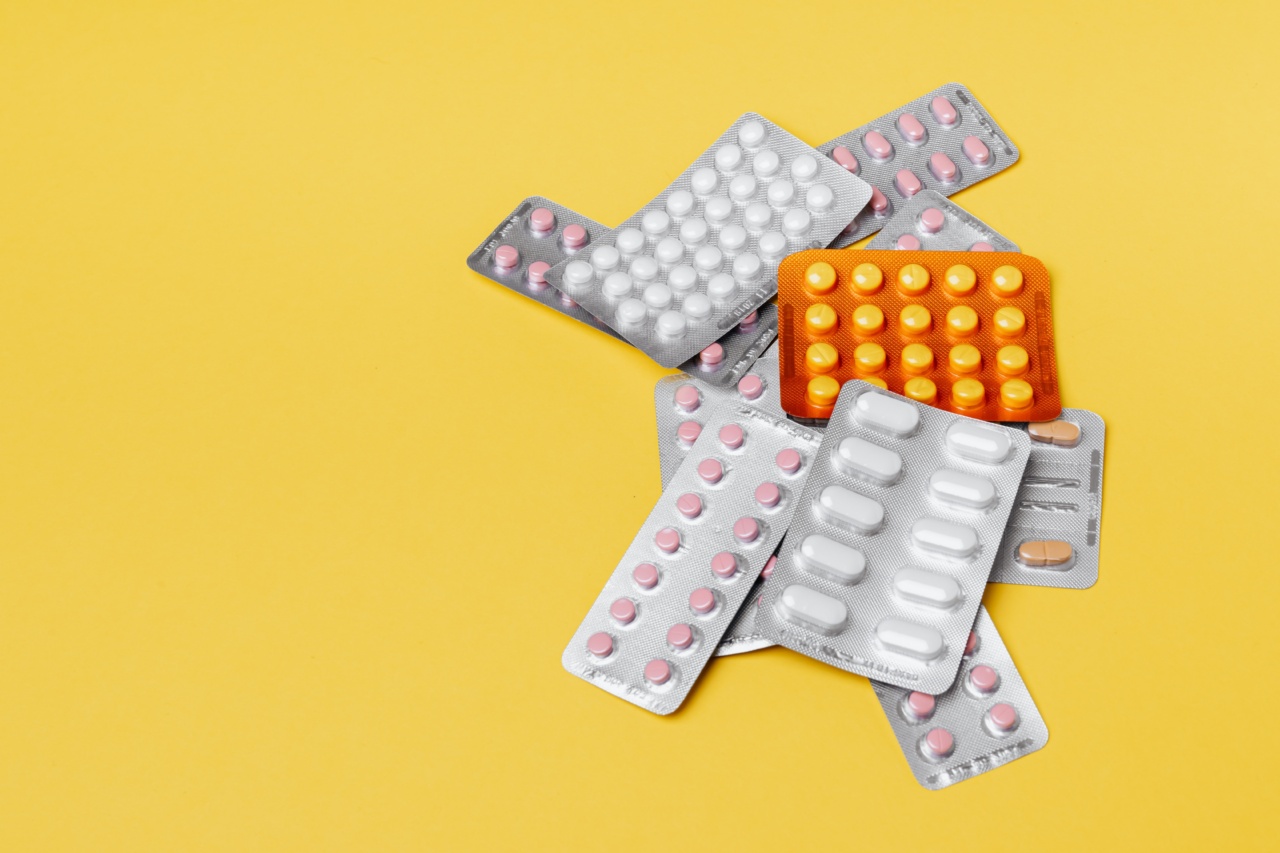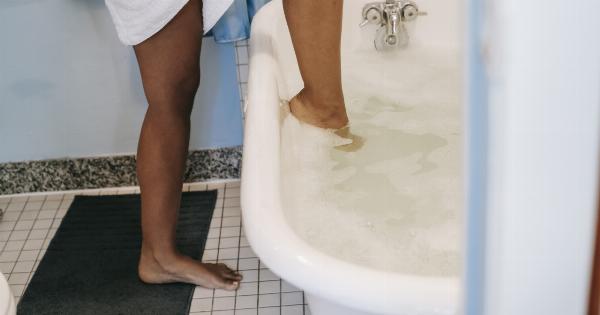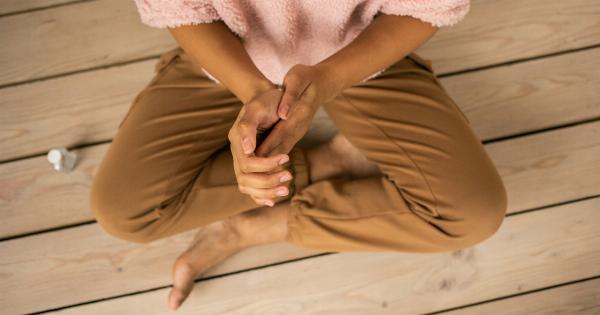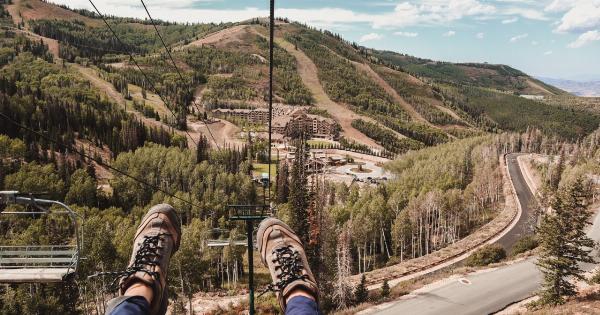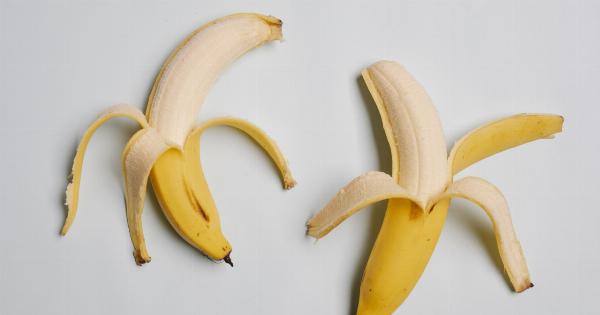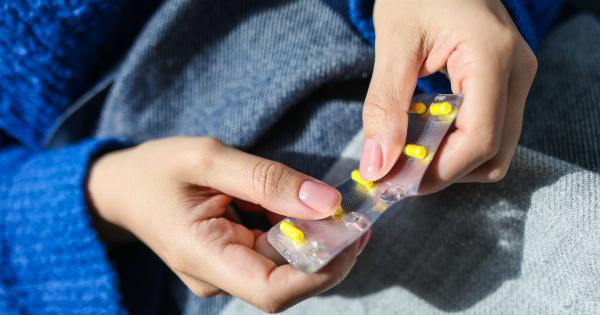Blisters can be a real pain in the neck. They can appear on your feet, hands, or anywhere else on your body where there is normal skin rubbing against something else.
Blisters commonly appear due to friction, injury, burns, and exposure to certain chemicals. Fortunately, there is a lot you can do to help relieve the pain and speed up the healing process. Here are some tips on how to treat annoying blisters:.
1. Don’t Pop The Blister
When you develop a blister, your first instinct might be to pop it. However, if you want to avoid infections or further injury, you should avoid popping the blister. A blister forms when fluid collects under the top layer of skin.
This fluid forms a cushion that protects the skin underneath it while it heals. Popping the blister removes the cushion and exposes the skin, which can lead to infection or an increased risk of damage.
2. Keep The Blister Clean And Dry
To help the blister heal quickly and without complications, it’s important to keep the area clean and dry. You can use a mild soap and water to wash the area gently. After washing, pat the skin dry with a clean towel or let the area air dry.
Avoid covering the blister with an adhesive bandage or tape, as this can cause the blister to burst and can trap moisture against the blister.
3. Use Over-The-Counter Ointment Or Cream
Applying an ointment or cream to the blistered area can help relieve the pain and promote healing. You can use an over-the-counter product that contains benzocaine or lidocaine, which will numb the area to help reduce pain.
These products also help to dry out the blister, which can speed up the healing process. It’s important to read the instructions carefully before applying any ointment or cream.
4. Apply A Cold Compress
Using a cold compress on the blistered area can also help reduce pain and inflammation. You can use a bag of ice or a frozen vegetable bag wrapped in a towel or cloth to avoid direct contact with the skin.
Apply the cold compress for about 10-15 minutes at a time, several times throughout the day. This will help reduce swelling and discomfort.
5. Use A Warm Compress
A warm compress can also be helpful in relieving pain and promoting healing. Unlike a cold compress, a warm compress increases blood flow to the injured area. This can help speed up the healing process.
Make sure the compress is not too hot, however, as this can cause further injury or irritation to the skin.
6. Elevate The Affected Area
If you develop a blister on your limbs, it may be helpful to elevate the affected area. This can help reduce swelling and increase blood flow to the area, which can speed up the healing process.
You can prop the affected limb up on a pillow or cushion to keep it elevated.
7. Change Your Shoes
If you develop blisters on your feet, it may be time to change your shoes. Wearing properly fitting shoes can help reduce friction and prevent future blisters.
You may also want to consider wearing cushioned insoles or socks that will provide extra support and comfort to your feet.
8. Protect The Blister
If you can’t avoid activities that cause friction on the blistered area, it’s important to protect the blister as much as possible. You can use a moleskin pad or blister bandage to provide extra cushion and protection.
These pads can be found in most drug stores and can be cut to fit the shape of the blistered area.
9. Seek Medical Attention If Necessary
If your blister is particularly large, painful, or if signs of infection appear (such as redness, pus, or warmth), it’s time to seek medical attention.
Your doctor can help determine the cause of your blister and prescribe treatment to speed up the healing process and prevent further complications.
10. Allow Time For Healing
Finally, it’s important to allow sufficient time for the blister to heal. Blisters can take several days or even weeks to heal, depending on the severity of the injury.
The healing process can be expedited by following the tips above and taking proper care of the affected area.
